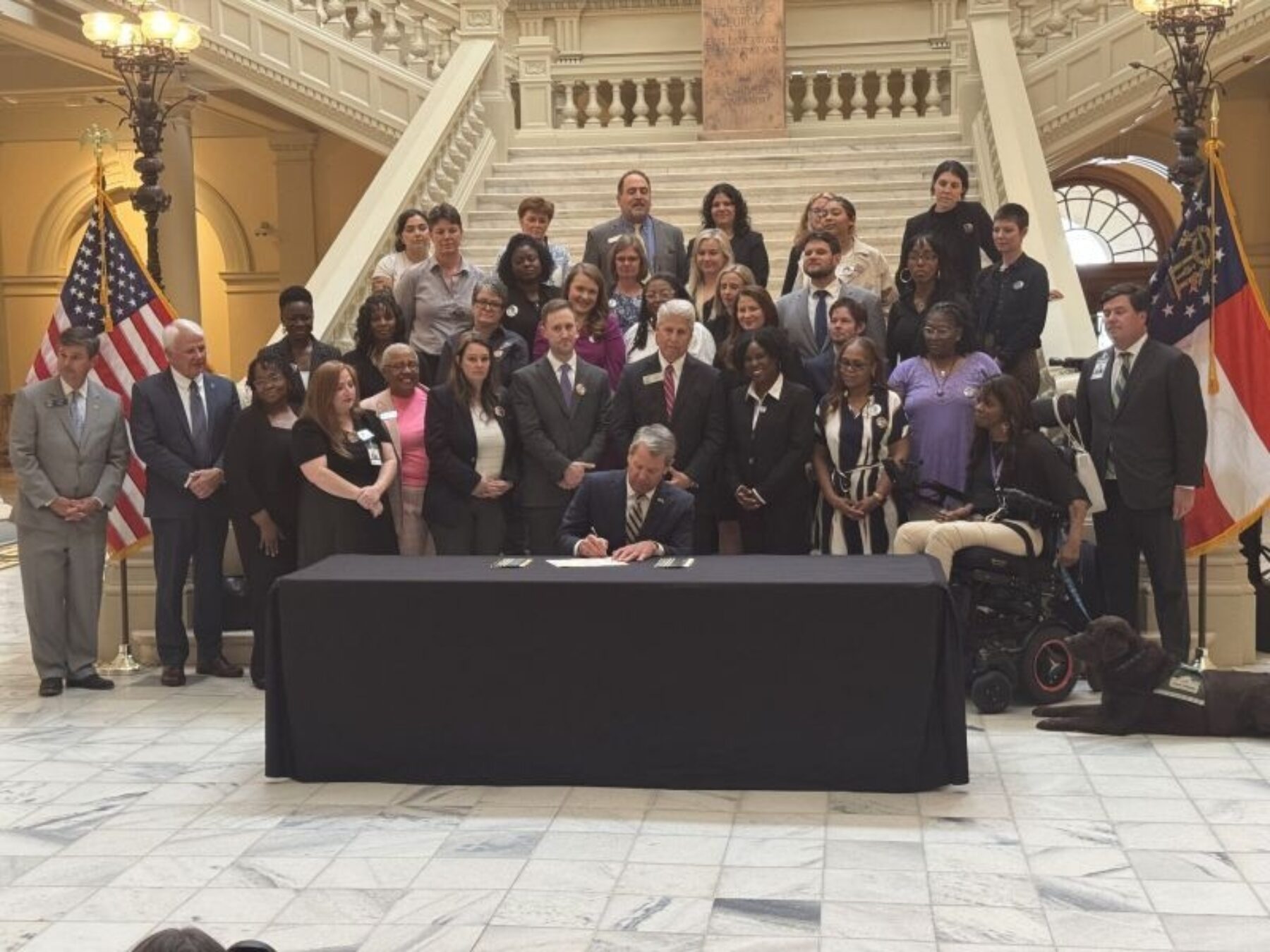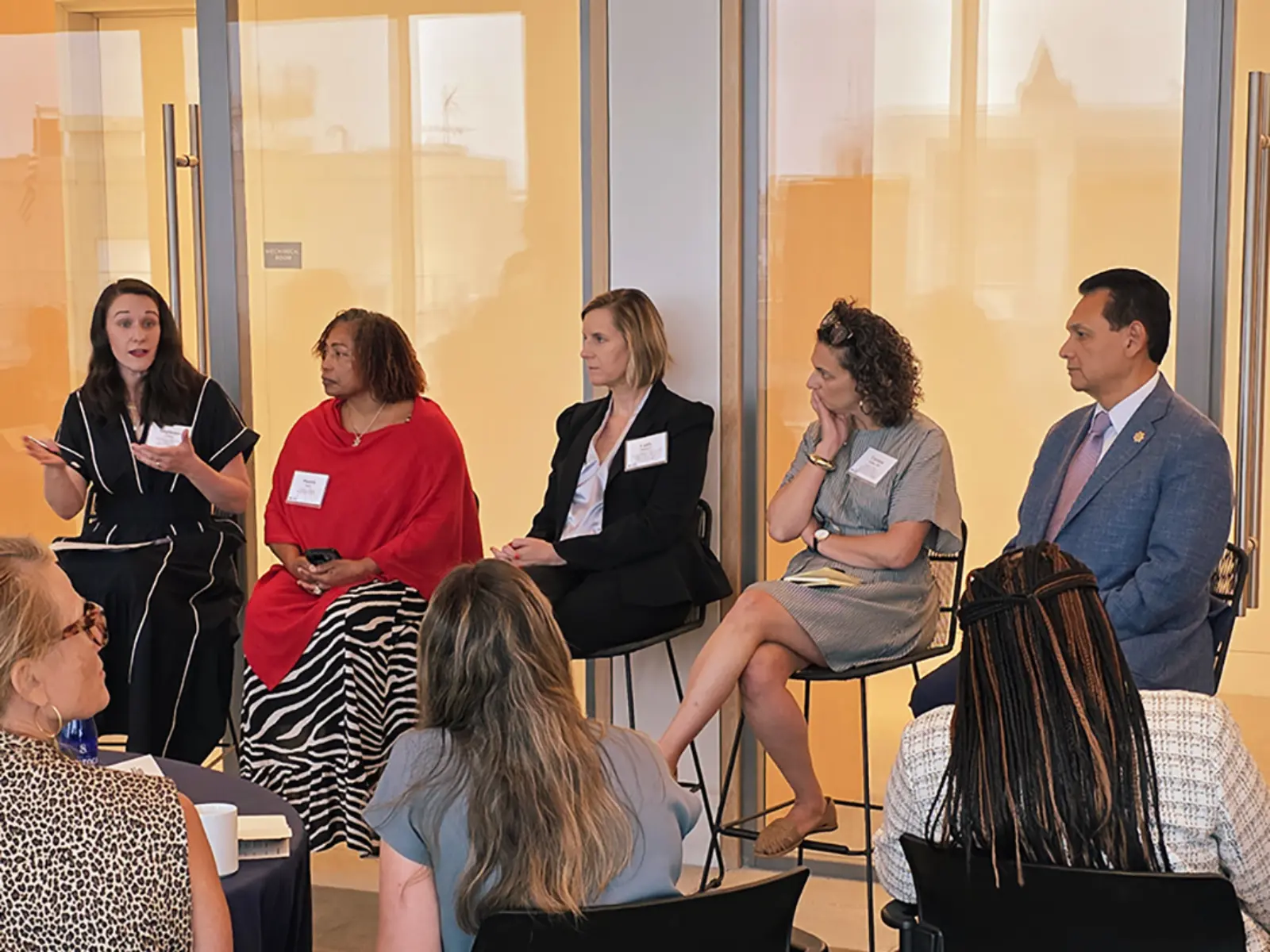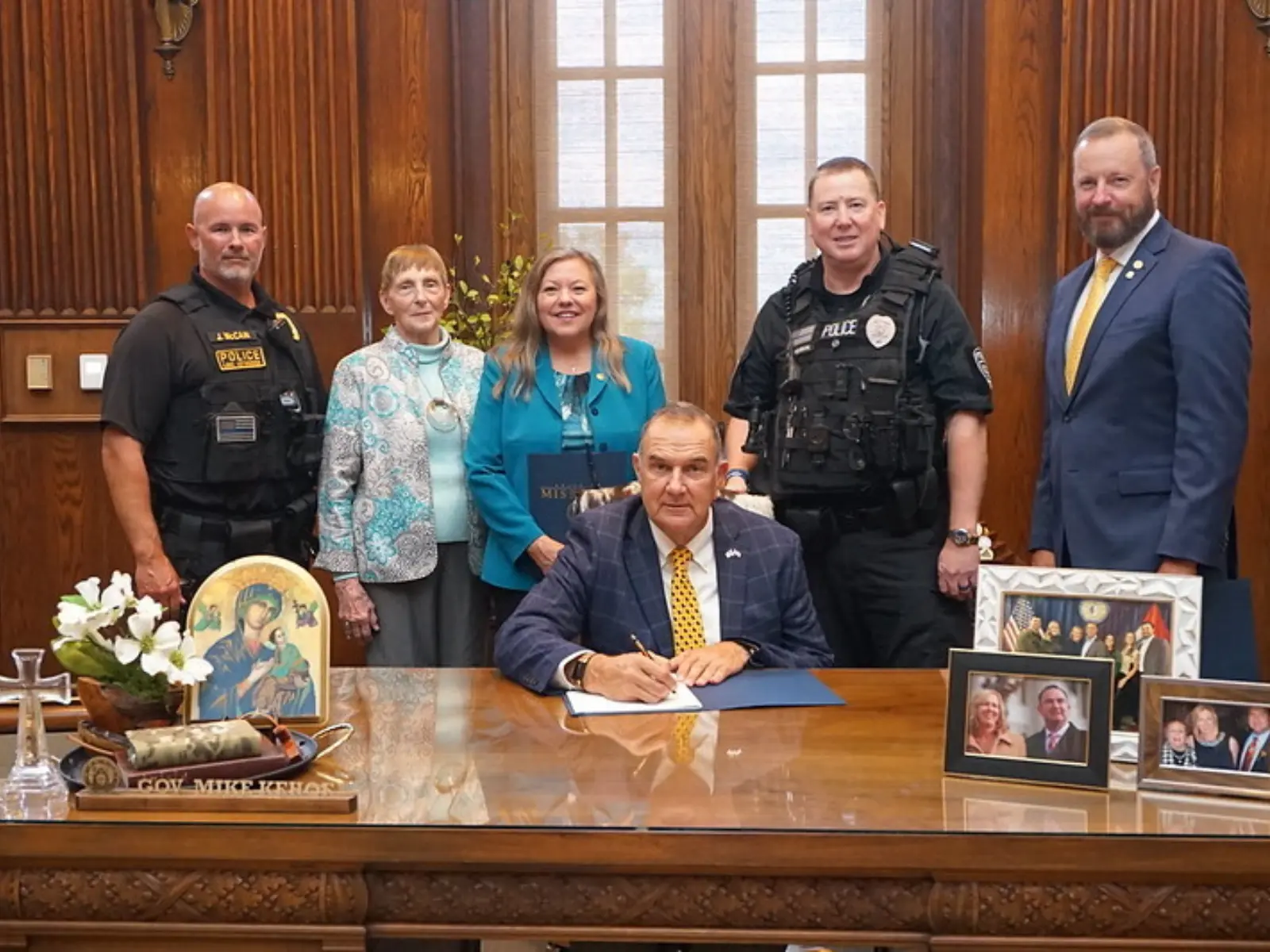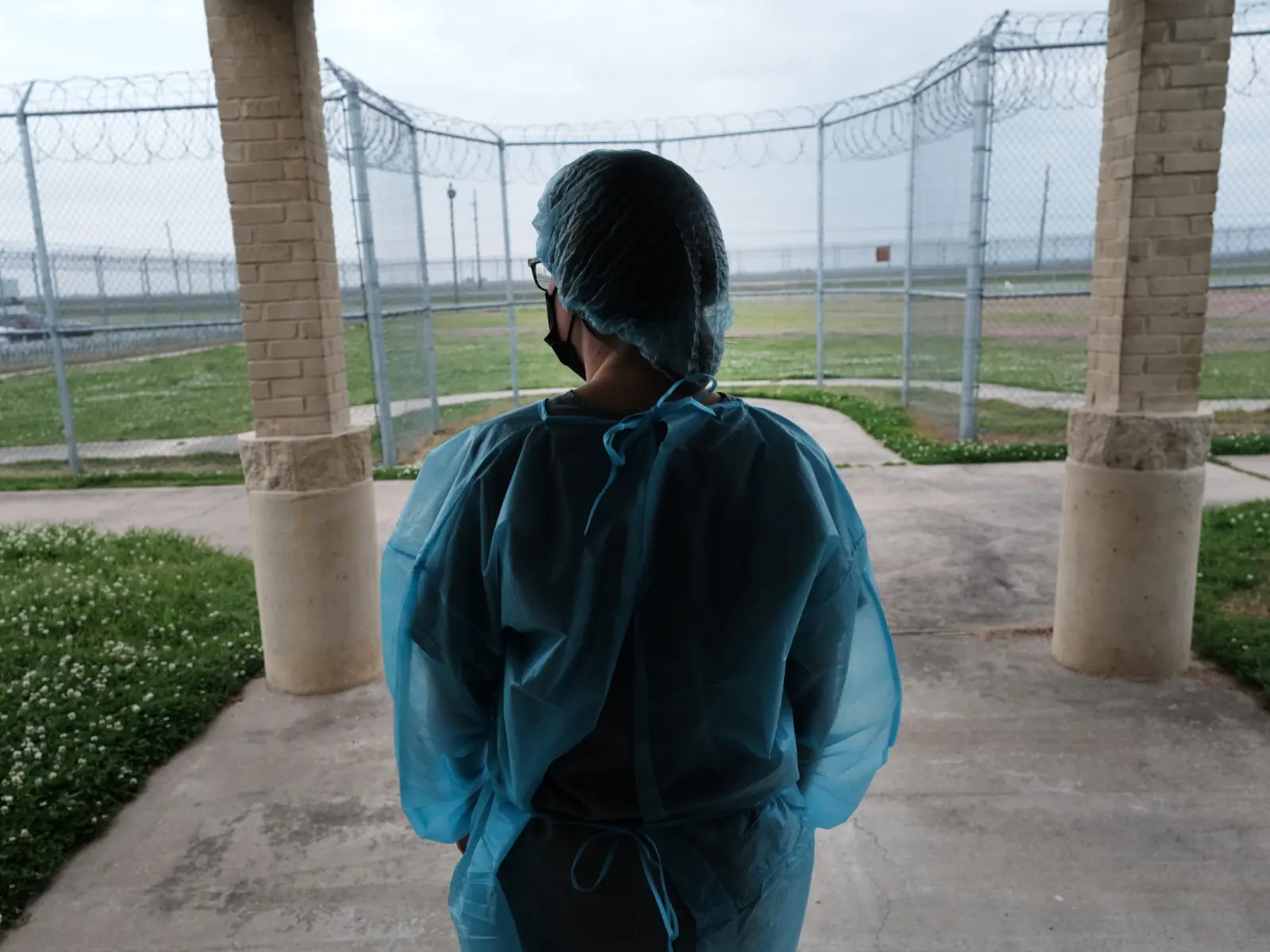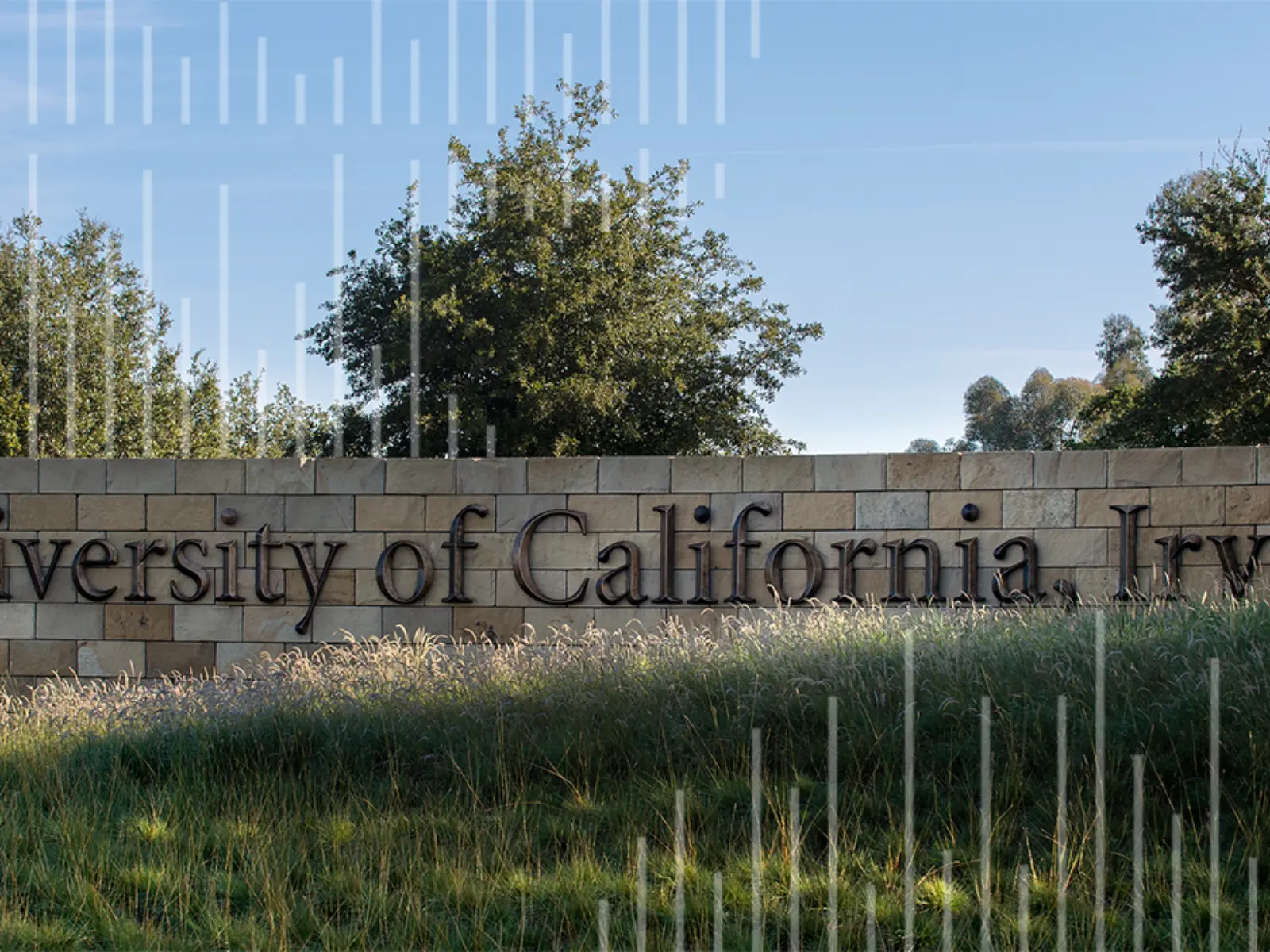Research shows that long sentences do not necessarily improve public safety, and they drive up public costs and reduce incentives for rehabilitation. This year, legislators across the country took steps to address the issue of long sentences.
Some states, including North Dakota, rejected new “truth-in-sentencing” (TIS) laws. These laws, which impose strict and inflexible sentencing requirements, have been shown to be ineffective and often counter-productive — especially when you compare them to alternative approaches that focus on increasing the swiftness and certainty of being caught for committing a crime.
“The bill reduces incentives for rehabilitation in prison,” Kevin Ring, vice president of criminal justice advocacy at Arnold Ventures, explained when discussing the North Dakota effort. “The best research — and common sense — suggests we should do the opposite. Prisons function better and offenders succeed more often when they are given incentives to improve themselves while they are incarcerated.”
Amidst opposition from the North Dakota Department of Corrections, Gov. Kelly Armstrong, and numerous other stakeholders, TIS was rejected by the North Dakota House of Representatives.
At the same time, other states began to address the problem of long sentences through targeted reforms. For example, Maryland expanded its “second look” and compassionate release laws, making more low-risk incarcerated people serving long sentences potentially eligible for release. Virginia and Arizona became the latest states to eliminate the sentencing disparity between crack and powder cocaine. Georgia passed a new law that prevents survivors of domestic and family violence from serving long sentences for crimes related to their abuse.
“There is a growing recognition in states that long sentences do not keep people safe, and that we can safely release certain incarcerated people,” says Alyson Clements, director of criminal justice advocacy for Arnold Ventures. “This year, we saw the momentum behind tougher sentencing laws shift, with Missouri and North Dakota voting down ‘truth-in-sentencing’ laws and several states advancing innovative resentencing bills.”
Reducing unjust sentencing disparities
For many years, states and the federal government treated convictions for powder cocaine and crack cocaine differently, with the latter subject to harsher sentencing despite the chemically identical nature of the two drugs. This disparity has contributed to unfairness in the criminal justice system. In 2010, Congress passed the Fair Sentencing Act, reducing the sentencing disparity from 100-to‑1 down to 18-to‑1 for federal drug convictions. However, an effort to completely eliminate the disparity — known as the Eliminating a Quantifiably Unjust Application of the Law (EQUAL) Act — has stalled in Congress.
In recent years, state policymakers have taken measures to remove these unjust disparities for state-level drug crimes, with Virginia and Arizona being the latest to pass laws doing so this year.
In Virginia, Daniel Landsman, vice president of policy at FAMM, worked with lawmakers and local leaders to support the change. Landsman points out that since there is no pharmacological, scientific, or public safety justification for maintaining differential sentencing between the two drugs, its only effect is the creation of disparities in prison sentences.
“I think people understand — even those who hold themselves up as tough on crime — that we can’t have patently unjust and unsupported laws on the books if we want a criminal justice system that’s taken seriously and viewed as fair by the people who are supposed to be its beneficiaries,” Landsman says.
The bipartisan bill, SB 888, even received support from prosecutors via endorsement from the Virginia Association of Prosecuting Attorneys. In the General Assembly, it was sponsored by Del. Debra Gardner in the House and Sen. Russet Perry in the Senate. Republican Gov. Glenn Youngkin ultimately signed SB 888 into law.
“It’s moving at the state level, in part, because it just makes sense to folks,” Landsman says. “You have law enforcement saying that they don’t need this law to keep Virginia safe, they can take it off the books. And you have lawmakers who understand that this is a failed relic of the ‘80s and ‘90s.”
FAMM also supported similar legislation in Arizona. Bryan Widenhouse, state legislative affairs manager at FAMM, says that the organization’s work there included building relationships and collaborating with a slew of local advocates, like Dream.org, Justice Action Network, and Arizonans for Accountability and Transparency (now the Praxis Initiative), which had long been advocating to change the law.
Key to advancing HB 2720 in Arizona was gaining sponsorship from Rep. Leo Biasiucci, who led Republican lawmakers in support of the bill. “For too long, Arizona’s laws have imposed an unjust sentencing disparity on two chemically identical substances,” Biasiucci said in the runup to the vote. This bill “ensures the justice system is guided by facts and fairness.” In the end, HB 2720 passed unanimously, becoming law with Gov. Katie Hobbs’s signature.
“This bill corrects an injustice that was done long ago, and it’s long overdue that we fix it,” Widenhouse says.
With the addition of Virginia and Arizona, 46 states have now passed laws that address crack and powder cocaine sentencing disparities — setting the stage for the few remaining states, and the federal government, to do the same.
Improving justice for survivors
Survivors of family abuse also, at times, face unnecessarily long sentences. For example, victims of domestic violence may be charged with crimes for actions they took against their abuser, or they may commit financial crimes to remove themselves and their children from an abusive situation. In some cases, these charges can lead to long prison sentences for survivors who pose a very low risk of re-offending.
Recognizing this, several states have introduced “survivor’s justice bills” which create resentencing options for those serving time for crimes resulting from family violence. Oklahoma passed a survivor’s justice bill in 2024. In 2025, Georgia, Minnesota, and Missouri all introduced legislation to address the needs of survivors.
Of particular note is Georgia’s bill, HB 582, which gives survivors tools to both avoid convictions entirely and reduce sentencing ranges, including cutting maximum sentences in half and removing mandatory minimums. It also applies retroactively to people already in prison.
Wade Askew, policy director at the Georgia Justice Project, says that lawmakers were highly receptive to the bill. Many realized that it is counterproductive and expensive to lock someone away for long periods of time for actions they took as a result of extreme trauma.
“Why are we spending money to house all these survivors of abuse in prison, which is the costliest possible intervention?” Askew says. “We could instead be helping them heal from trauma, making them available to their families and communities, and helping them reach their goals.”
To get the bipartisan bill passed, the Georgia Justice Project formed a coalition with the Georgia Coalition Against Domestic Violence as well as groups including R Street, the Georgia Women’s Policy Institute, the Faith and Freedom Coalition, and Women on the Rise. The groups built on advocacy work done by survivors in prison. Rep. Stan Gunter, a former prosecutor and judge, authored the bill, and Sen. Bo Hatchett championed the bill in the Senate. In the end, the bill passed nearly unanimously, becoming law with Gov. Brian Kemp’s signature.
“Because of this law, there’s a population of people who won’t be convicted in the first place,” Askew says. “Others will still be convicted, but their sentence is going to look way different.”
Looking ahead
Targeted reforms, like those enacted this year in Arizona, Virginia, and Georgia, may not have the biggest impact, but they represent progress. As Widenhouse says, “even though they may not put a huge dent in the prison population, they show that there’s a large appetite to remove sentencing that’s not serving us.”
When paired with more expansive measures, like those passed in Maryland and proposed in Nevada — where a second-look law garnered wide support but ultimately ran out of time for passage — these efforts reflect growing interest and momentum in the states toward implementing evidence-based approaches to sentencing and re-sentencing.

